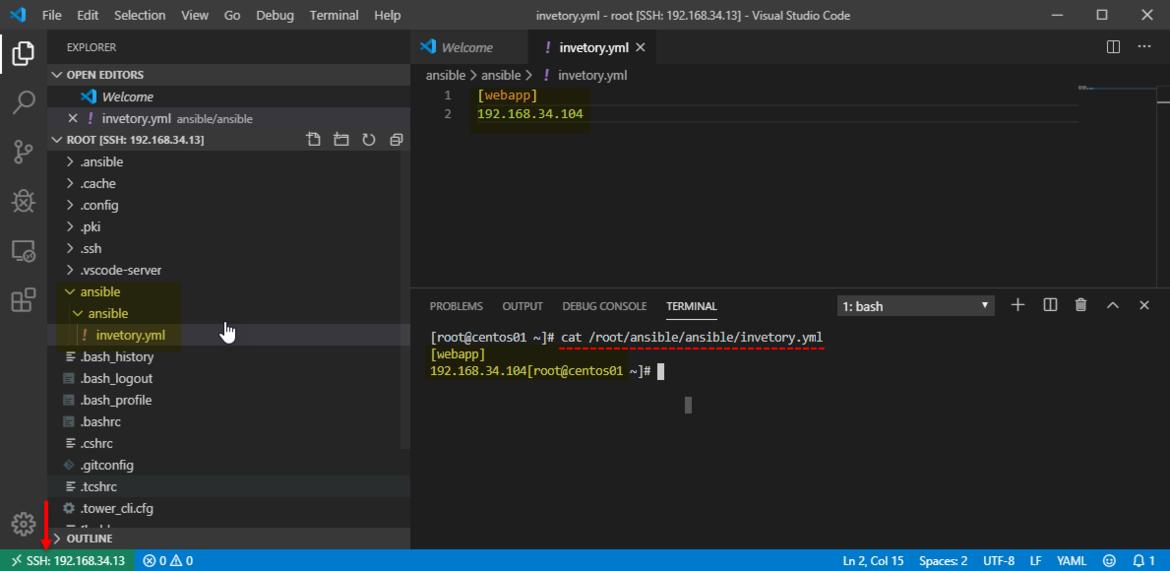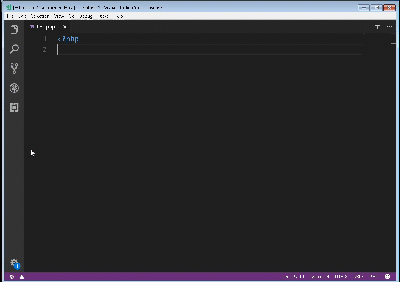

Here we will generate an SSH key like this in a command prompt, ssh-keygen -t rsaĪccept the defaults, you can leave the key phase empty when following along the prompt.Ĭopy the output of this command, cat ~/.ssh/id_rsa.pub You don't want to type your user name and password every time when you log in to the server, do you? In Windows(your development machine) In the Settings page, go to Apps, then click "Manage optional features", scroll down and check "OpenSSH Client" is installed. Anyway, here is the step to verify this feature is enabled. This step is painless, for Windows 10 users, it is just enabling a feature in the setting page, it might be enabled already. Once you have set it up, ssh to this server from your development machine with IP address, user name and password just to verify there are no glitches.

sudo vi / etc / ssh / sshd_config sudo systemctl restart ssh

Sudo apt - get install openssh - server # Optionally change the SSH port inside this file. Loaded: loaded (/lib/systemd/system/ssh.service enabled vendor preset: enabled)Īctive: active (running) since Tue 19:58:43 CST 4 days agoįor the Ubuntu system, you can install OpenSSH server and optionally change the default 22 port like this

Start OpenSSH serviceįirst, let's make sure you have set up SSH on your server, most likely your online server instance will have OpenSSH server preconfigured, the command below can check whether it is running. I will show you step by step how to set up it up on Windows. Let's say you have a GPU virtual instance on the cloud or a physical machine which is headless, there are several options like remote desktop or Jupyter Notebook which can provide you with desktop-like development experience, however, VS CODE remote development extension can be more flexible than Jupyter notebook and more responsive than remote desktop.


 0 kommentar(er)
0 kommentar(er)
